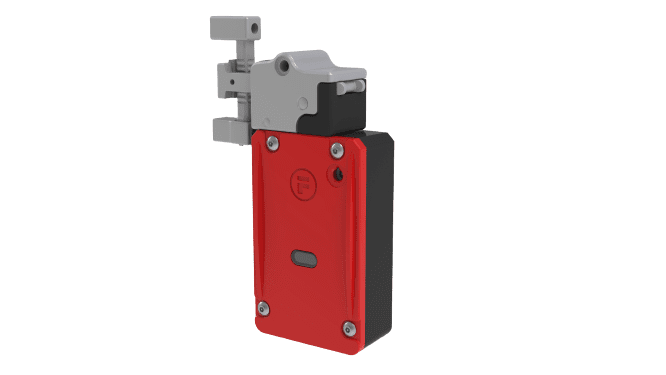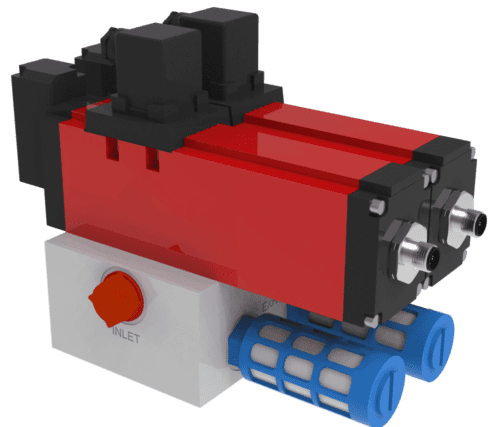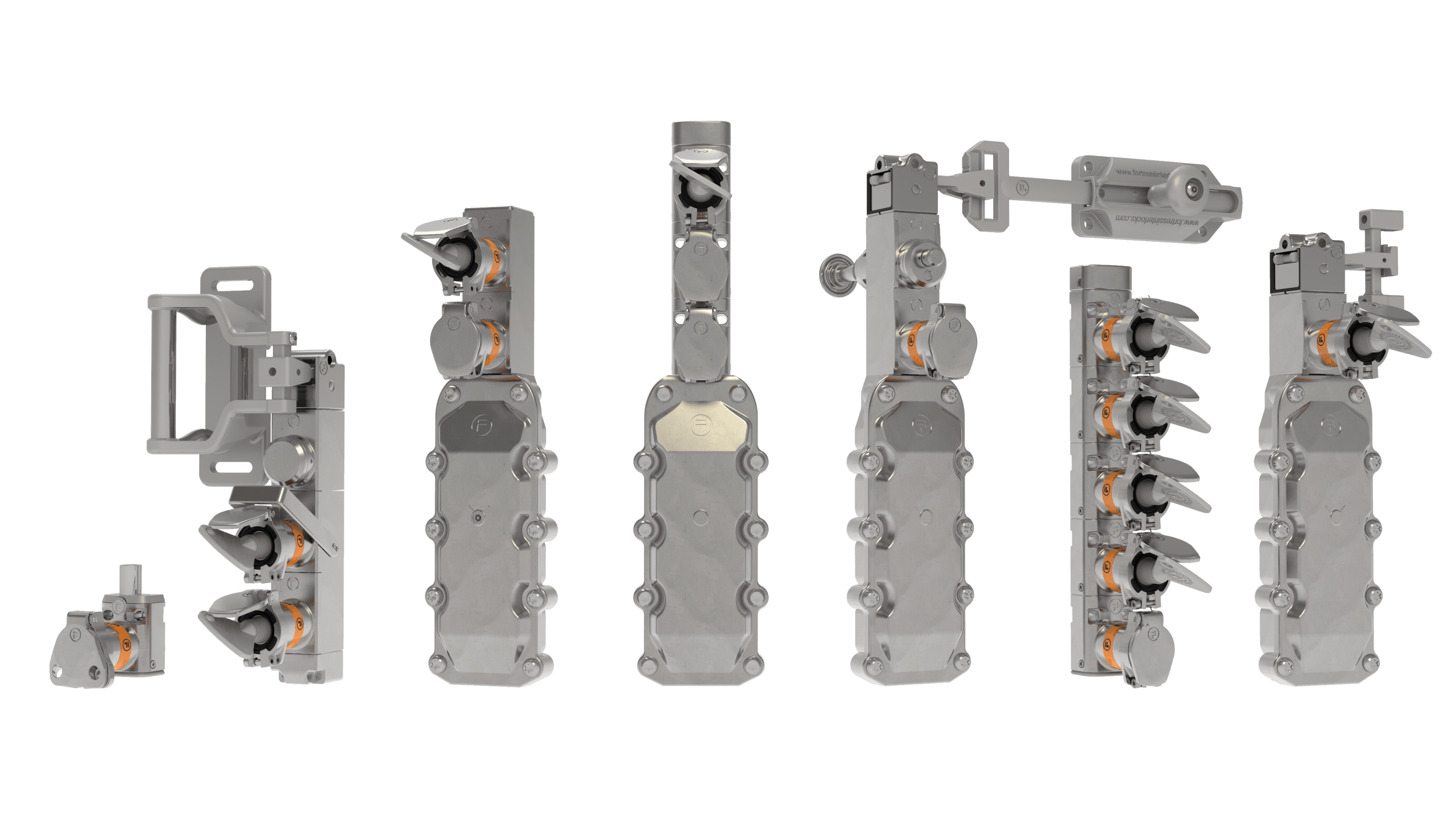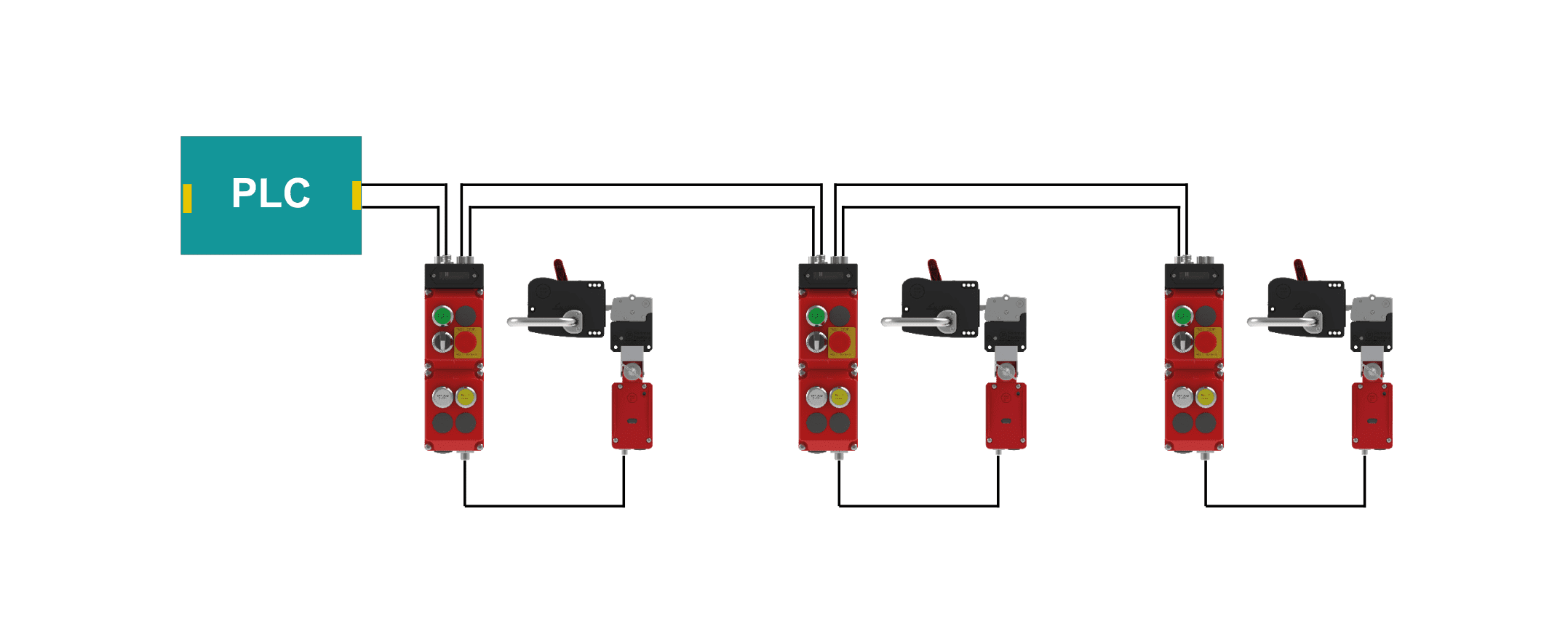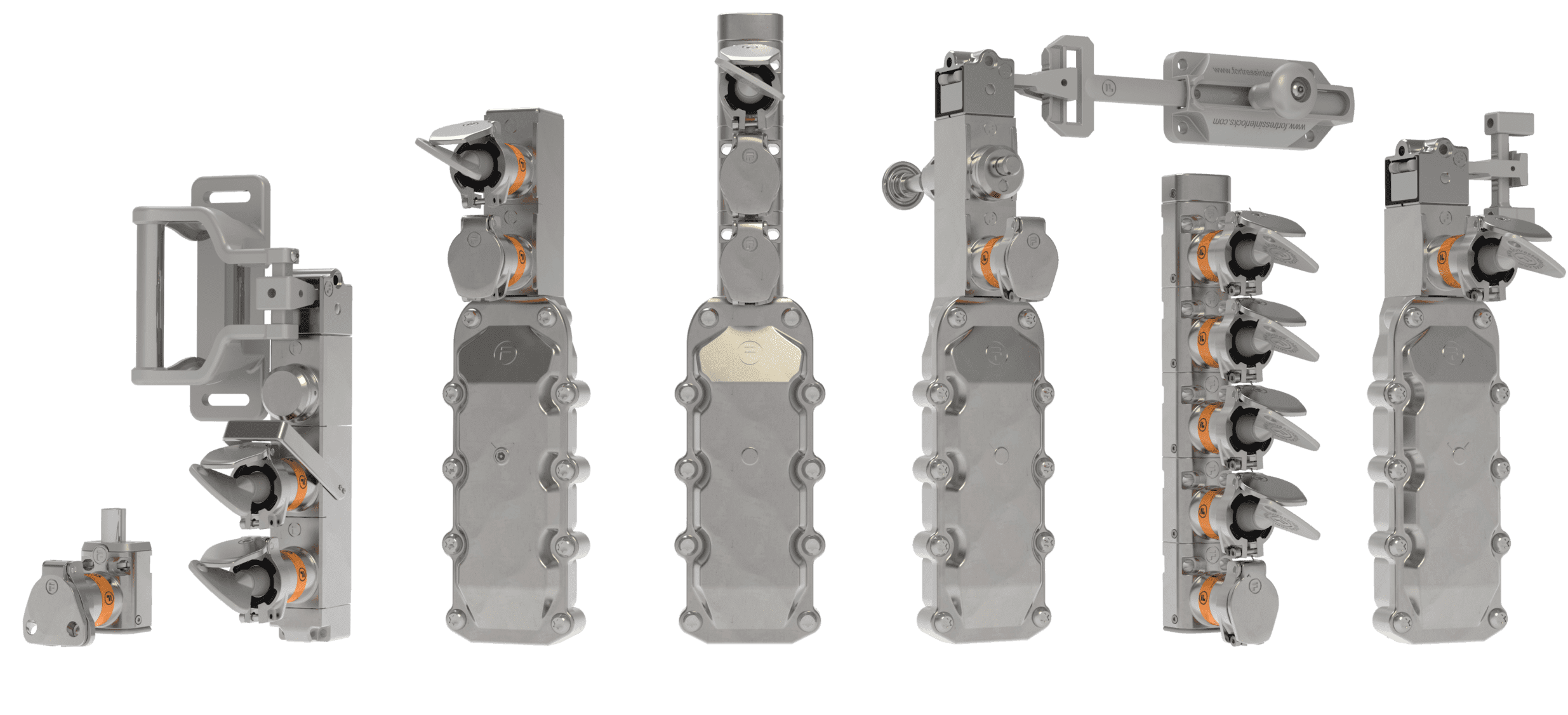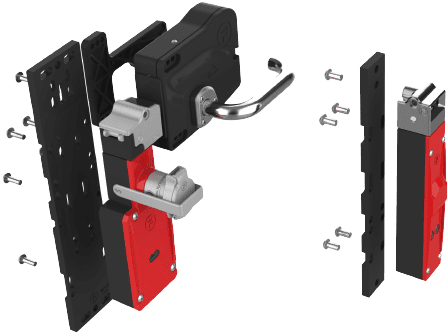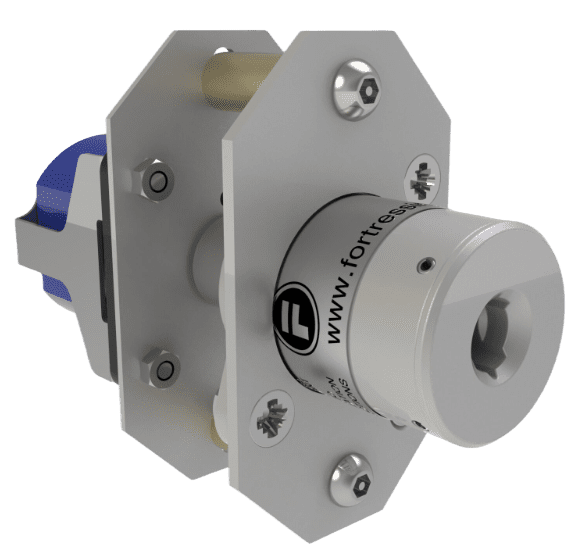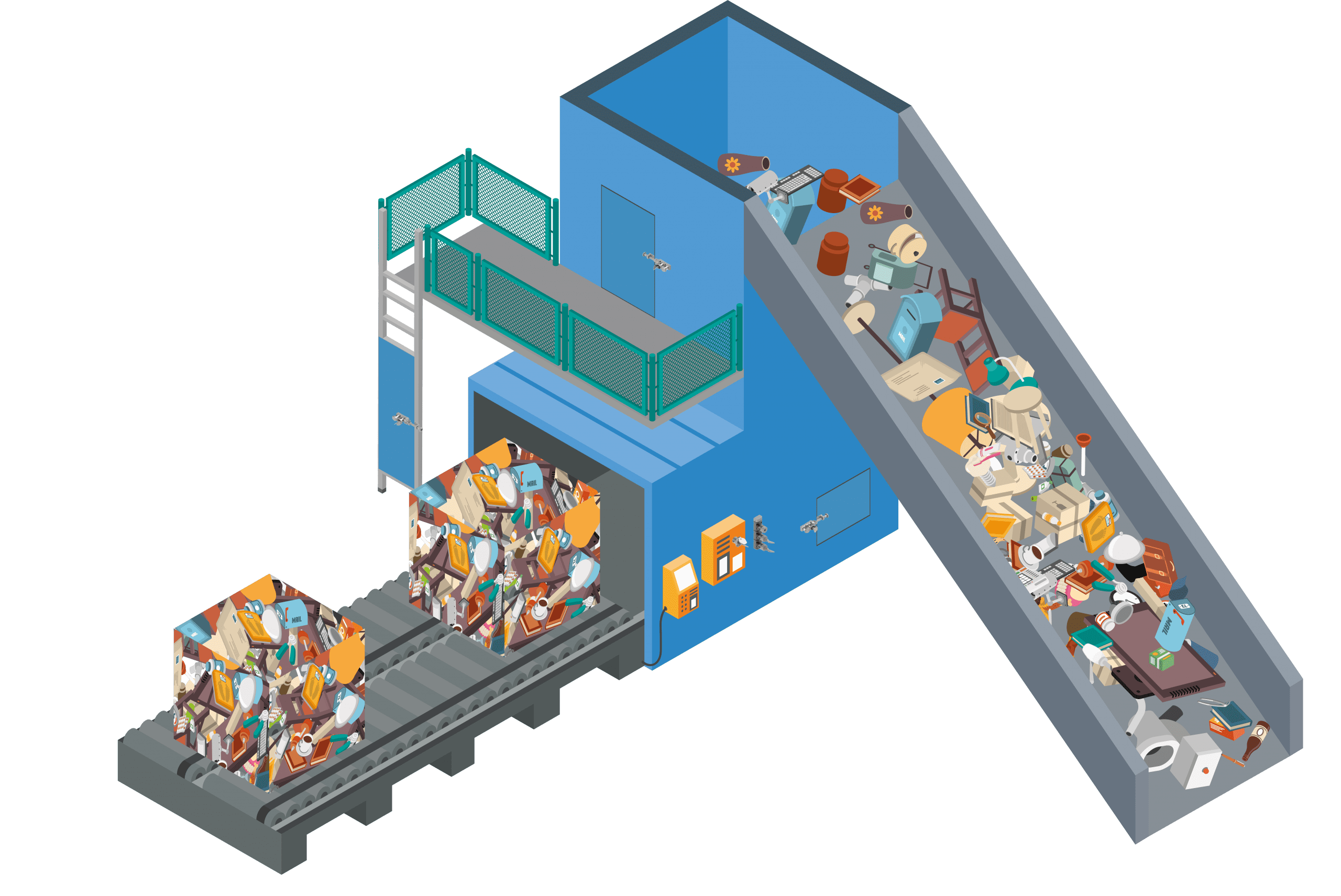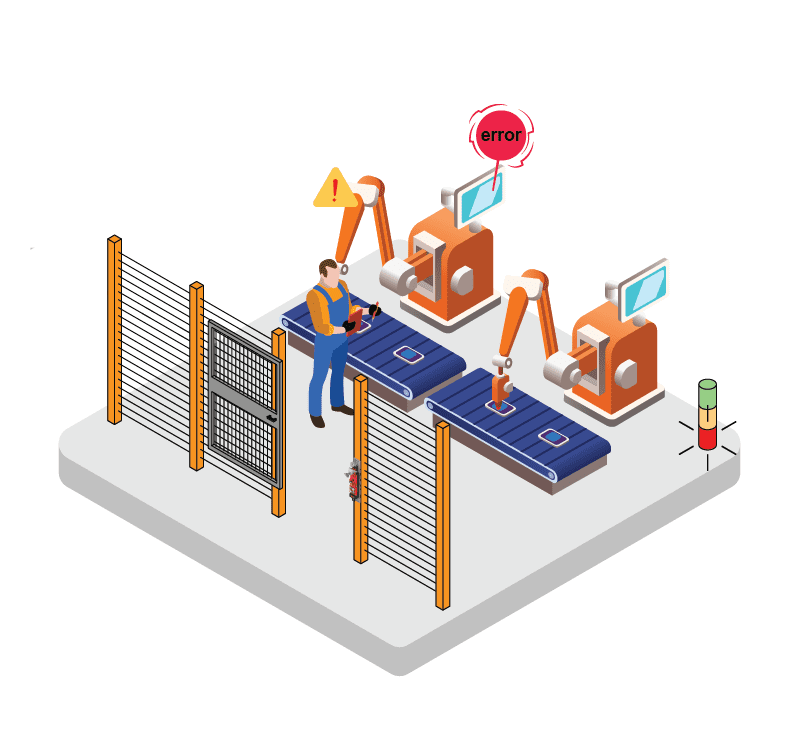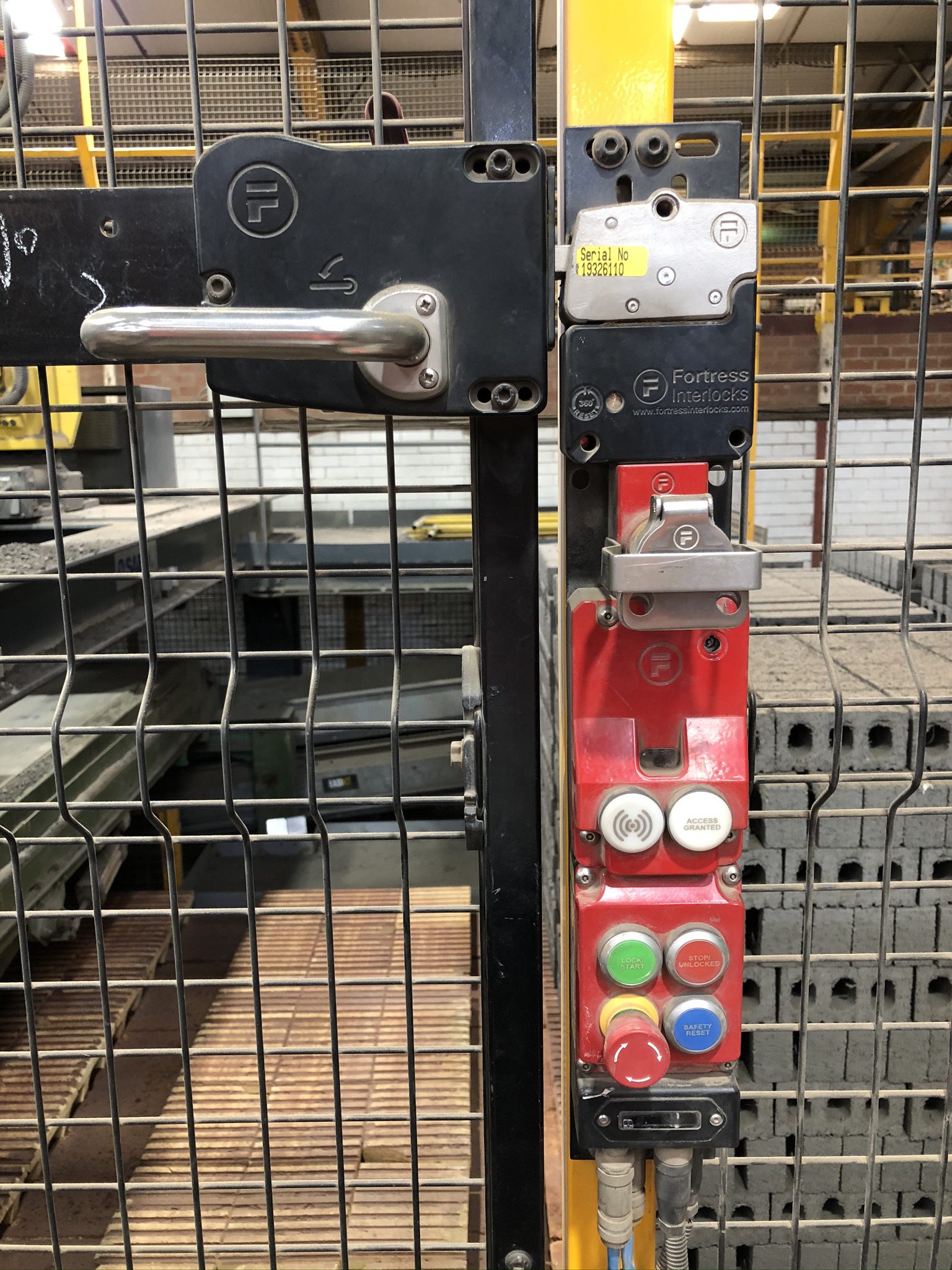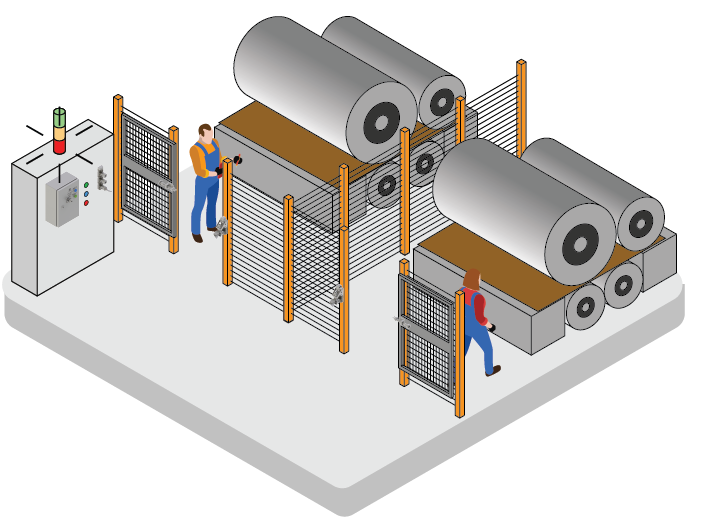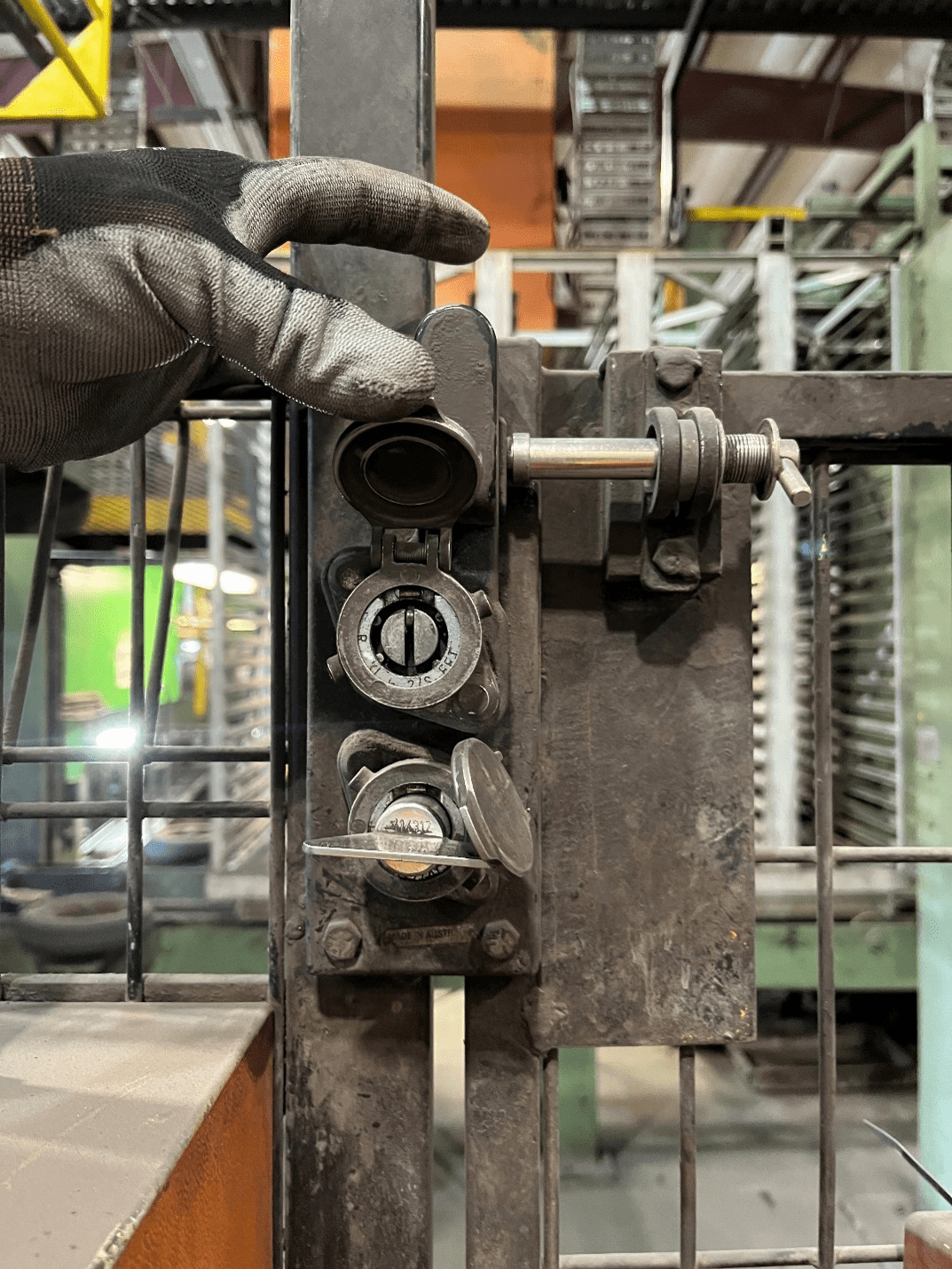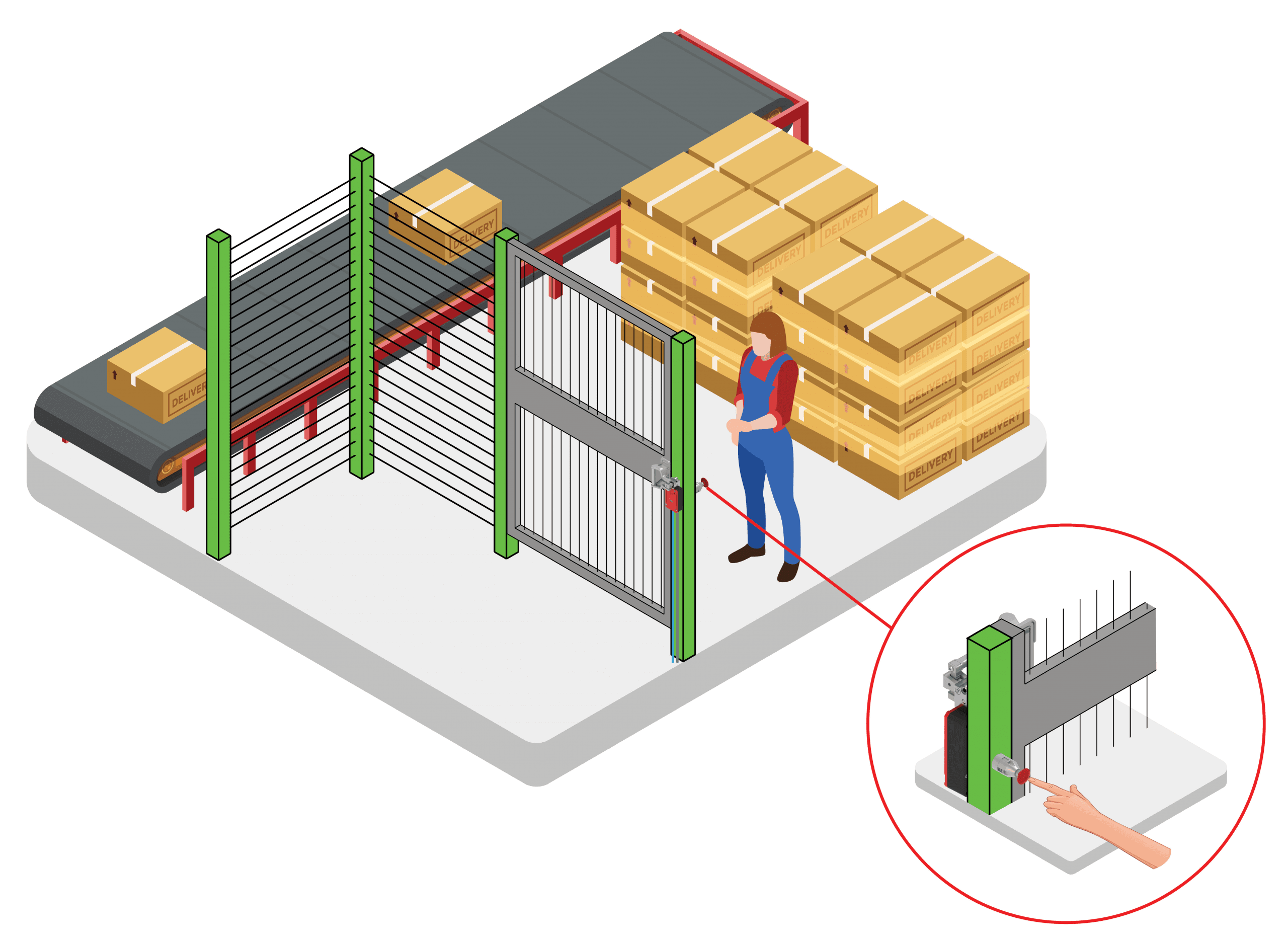How Presence Sensing Devices can Protect Employees when Collaborating with Robots
With the advent of the collaborative robot and the use of presence sensing safety devices the long-term future of fixed perimeter guarding is a hot topic in businesses seeing an opportunity to reduce its manufacturing space, but is all as it first appears?
ISO13855 (2010) Safety Machinery and Presence Sensing Devices
ISO13855 (2010) Safety of machinery — Positioning of safeguards with respect to the approach speeds of parts of the human body may an unwieldy title and might not be at the forefront of every safety engineer’s library of standards but it is critical when it comes to the design of safeguards for machinery. In practical terms the application of safeguards should take into account the time it takes for the machine to stop (overall system stopping performance) and the minimum distance to the hazard zone. Values for approach speeds (walking speeds and upper limb movement) are provided in ISO13855 and are proven in practical experience.
When fixed guarding is replaced by presence sensing safety devices (such as light curtains, pressure mats and laser scanners) it is critical that these devices are installed at a distance that ensures the operator cannot reach the hazard once a stop command has been generated. Even when it appears that a machine comes to an “instant” stop the designer of the safeguards must consider the response time of the presence sensing safety device and the safety relay (or other monitoring device). In cases where it is not possible to stop a machine mid cycle or predict the system stopping performance ISO13855 cannot be applied and logically presence sensing safety devices cannot be used as the primary means of safeguarding.
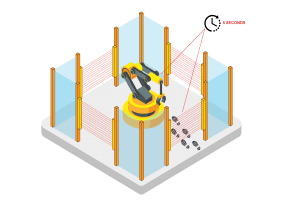
The minimum distance to the hazard is calculated using the equation:
S = (K x T) + C
Where:
S is the minimum distance in mm
K is the approach speed in mm/s of the body or parts of the body
T is the overall system stopping time in seconds
C is the intrusion distance in mm
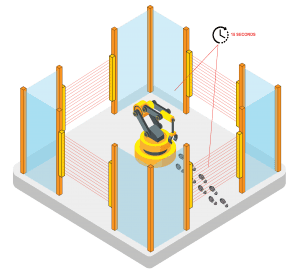
Whilst more and more collaborative robots are being used in the manufacturing environment, we are also seeing the rise of the “integrated manufacturing system” where two or more machines work in combination. This creates a challenge for the designer of safeguards where the span of control of a single safeguarding device might be extensive and complex. It is in this scenario where fixed perimeter physical guarding provides an excellent option, particularly in conjunction with safety guard locking devices and personnel keys to protect operators entering the safeguarded space.
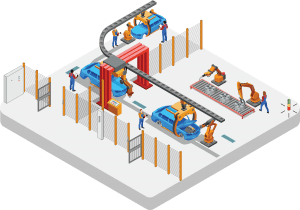
Fixed perimeter guarding has the potential to reduce the manufacturing footprint, it has the added advantage of preventing the egress of parts or material from the safeguarded space, and when interlocks with guard locking are used the operator cannot gain access to the machine until it is in a safe state.
Presence sensing safety devices will work hand in hand with fixed guarding and it has its place, but the reality is that fixed guarding is here to stay in the modern manufacturing environment and will also help machine designers reduce their manufacturing footprint.
Products Mentioned in this Article
Related Articles
Case studies
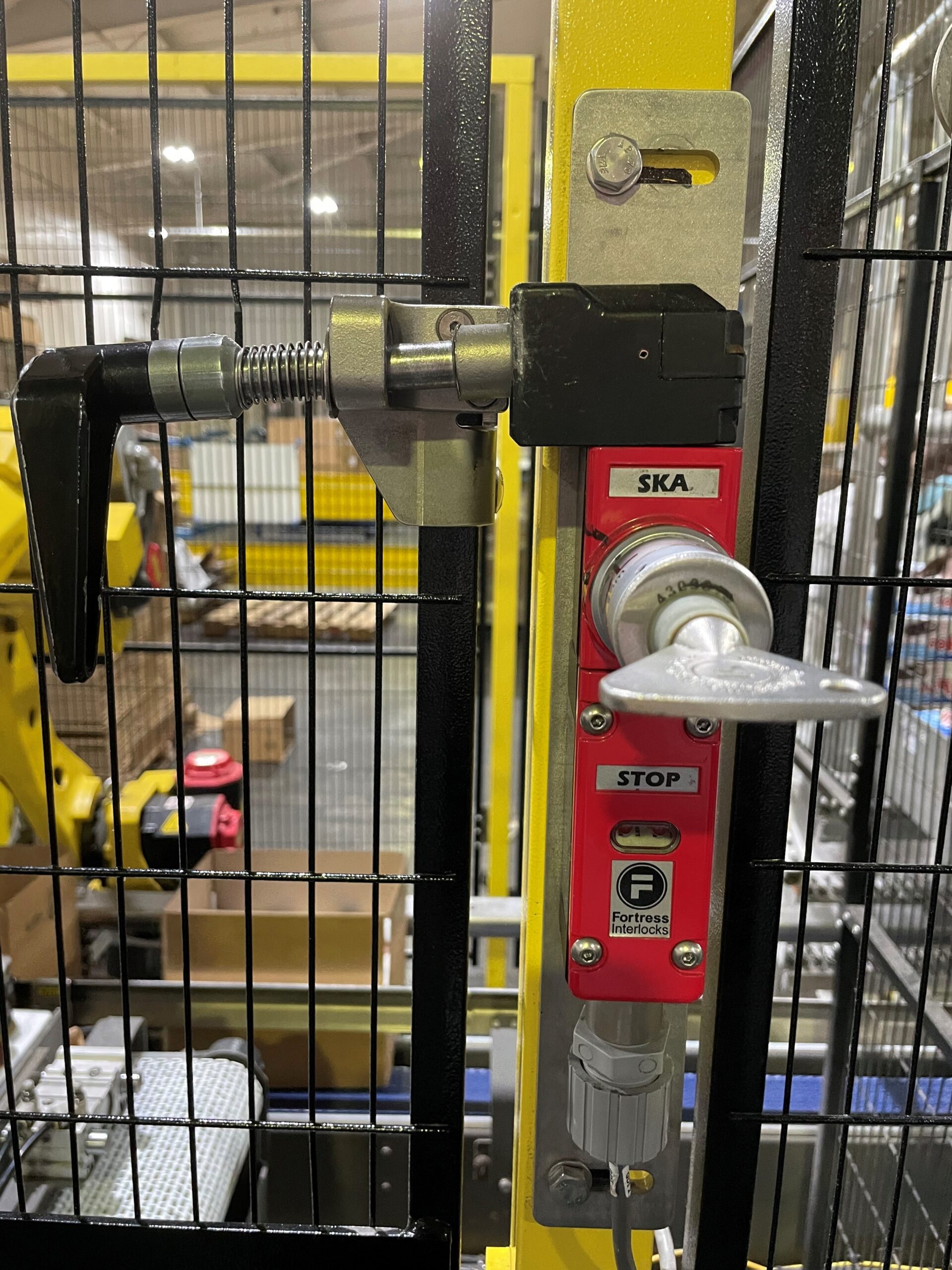

Design to Minimize Motivation to Defeat Possibilities of Interlocking Devices
Case studies


Example of a Trapped Key Interlock System in the Control of Multiple Energy Sources
Case studies

What is Control of Hazardous Energy?
Learn about control of hazardous energy, a safety procedure that is used to prevent accidents and injuries caused by the unintended release of energy from machinery or equipment. Find out why control of hazardous energy is important and how it is implemented through the use of lock out tag out (LOTO) procedures. Get help with control of hazardous energy and machinery safety from Fortress Safety.
Video
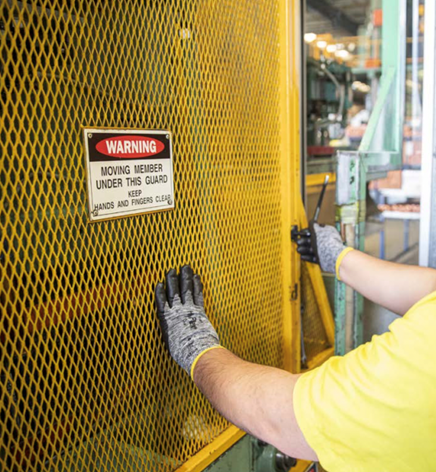

Motivation to Defeat – Webinar
Use of modes of operation and special modes can be critical for machinery to function, but who can use them?
Video
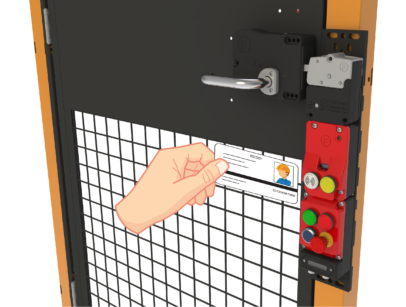

Mode Selection and Access Control – Webinar
Use of modes of operation and special modes can be critical for machinery to function, but who can use them?
Video
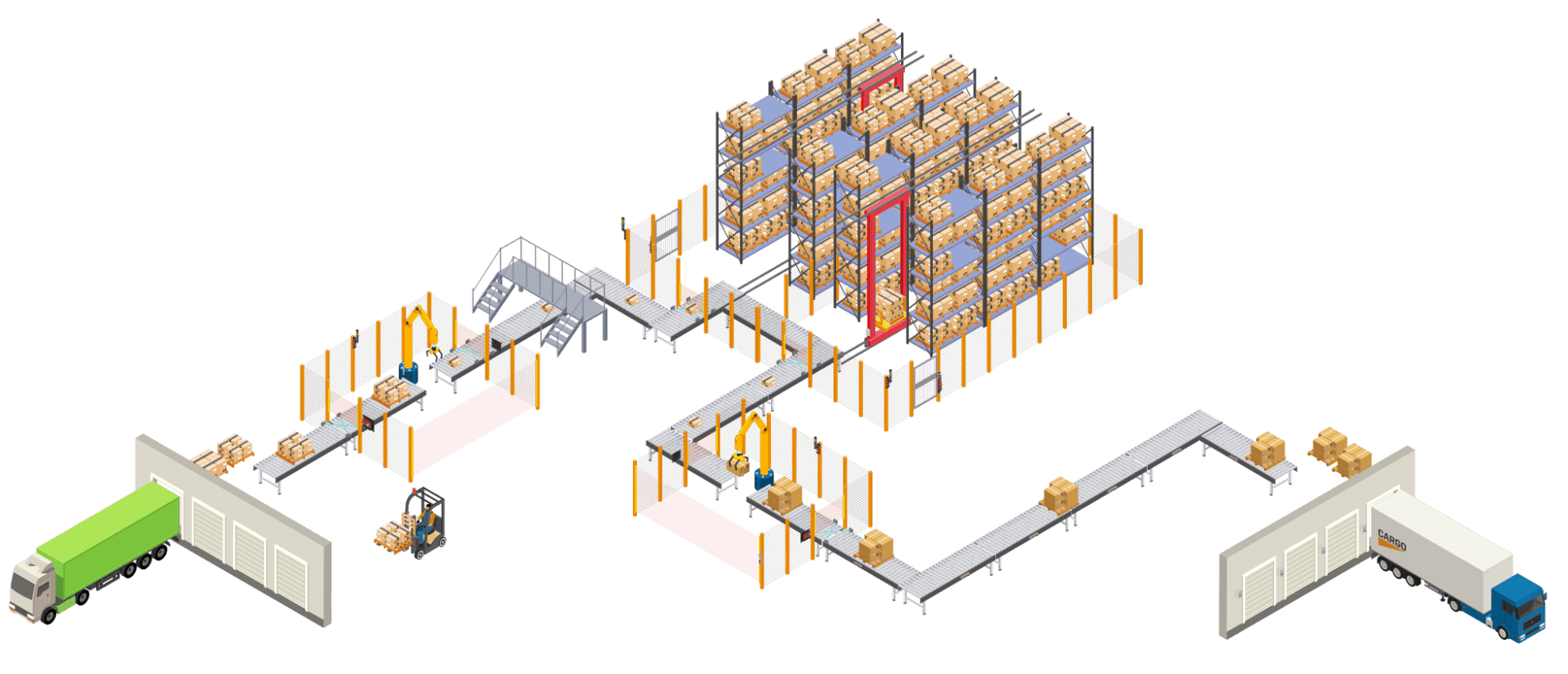

Risk Reduction in Logistics Webinar
This webinar will explore and unpack the machinery safety standards that apply to a wide variety of logistics facilities.
Video
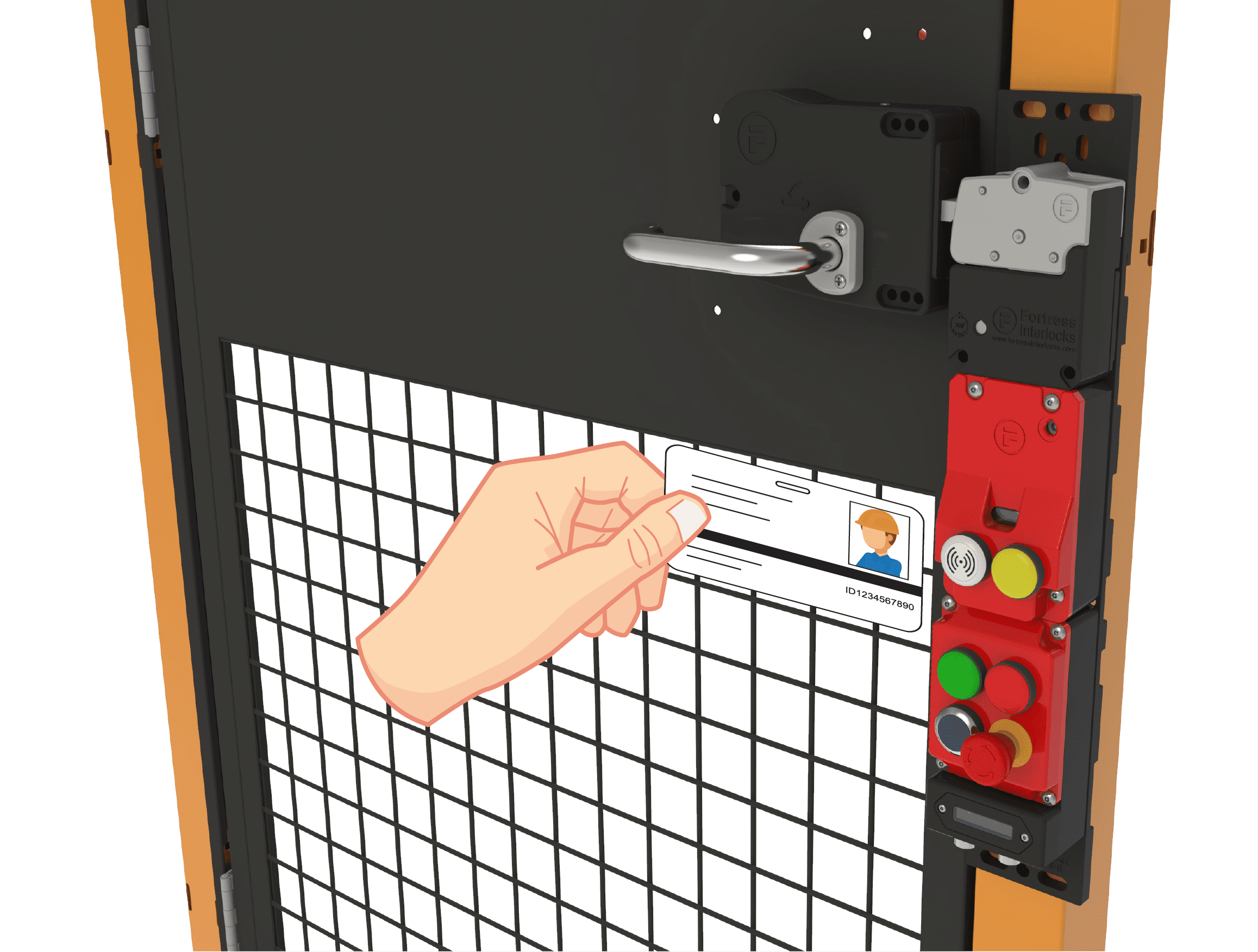

Access Control and Mode Selection Webinar
Watch our webinar to understand more about modes of operation and providing machinery access only to those who are authorized for the selected mode of operation.
Video
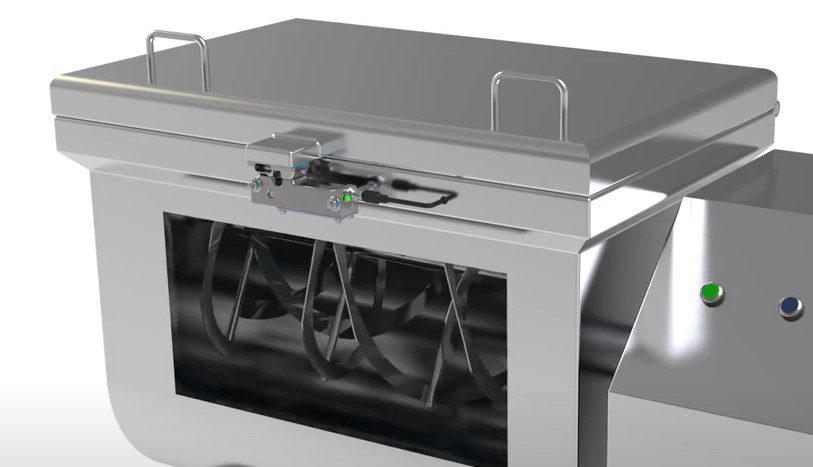

Clean Environments Webinar
Machinery safety in these places can be challenging when trying to meet multiple standards and approvals.
Case studies


What Is Control Reliability In ANSI B11.19-2019? How Do I Compare to ISO 13849-1 Performance Levels and Categories?
Case studies
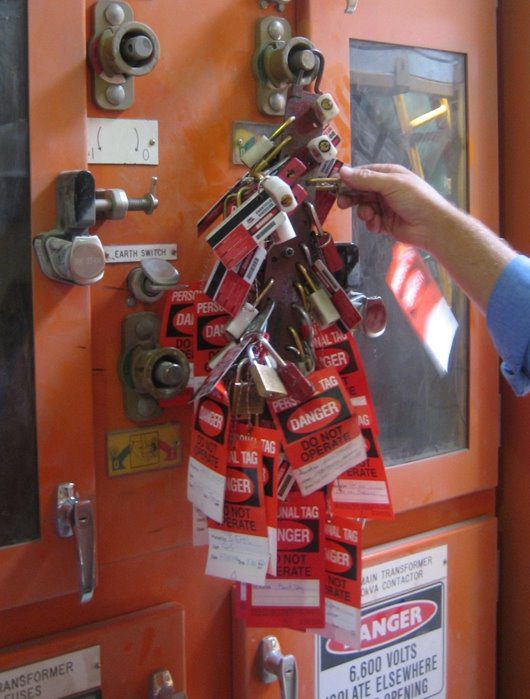

If My Machine Has A Run Down Time – How Do I Allow Access After Lockout Tagout Only When It’s Safe To Do So?
Case studies


When Completing A Risk Assessment – How Do I Prioritise Risk Reduction Measures?
Case studies


Example of a Trapped Key Interlock System in the Control of Multiple Energy Sources
Case studies
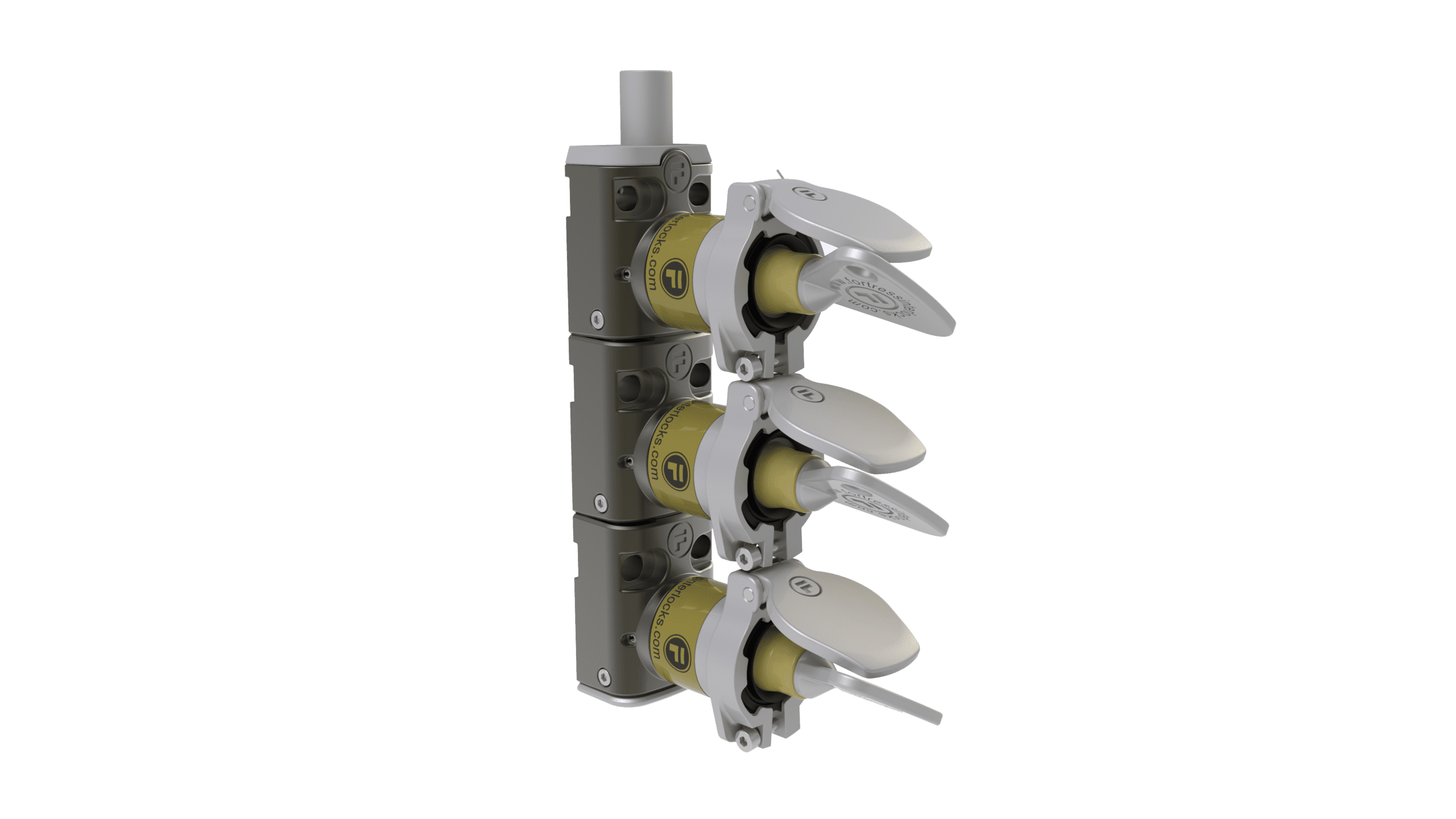

Enhancing Lockout / Tagout Procedures – How Do I Perform Full Power Isolation?
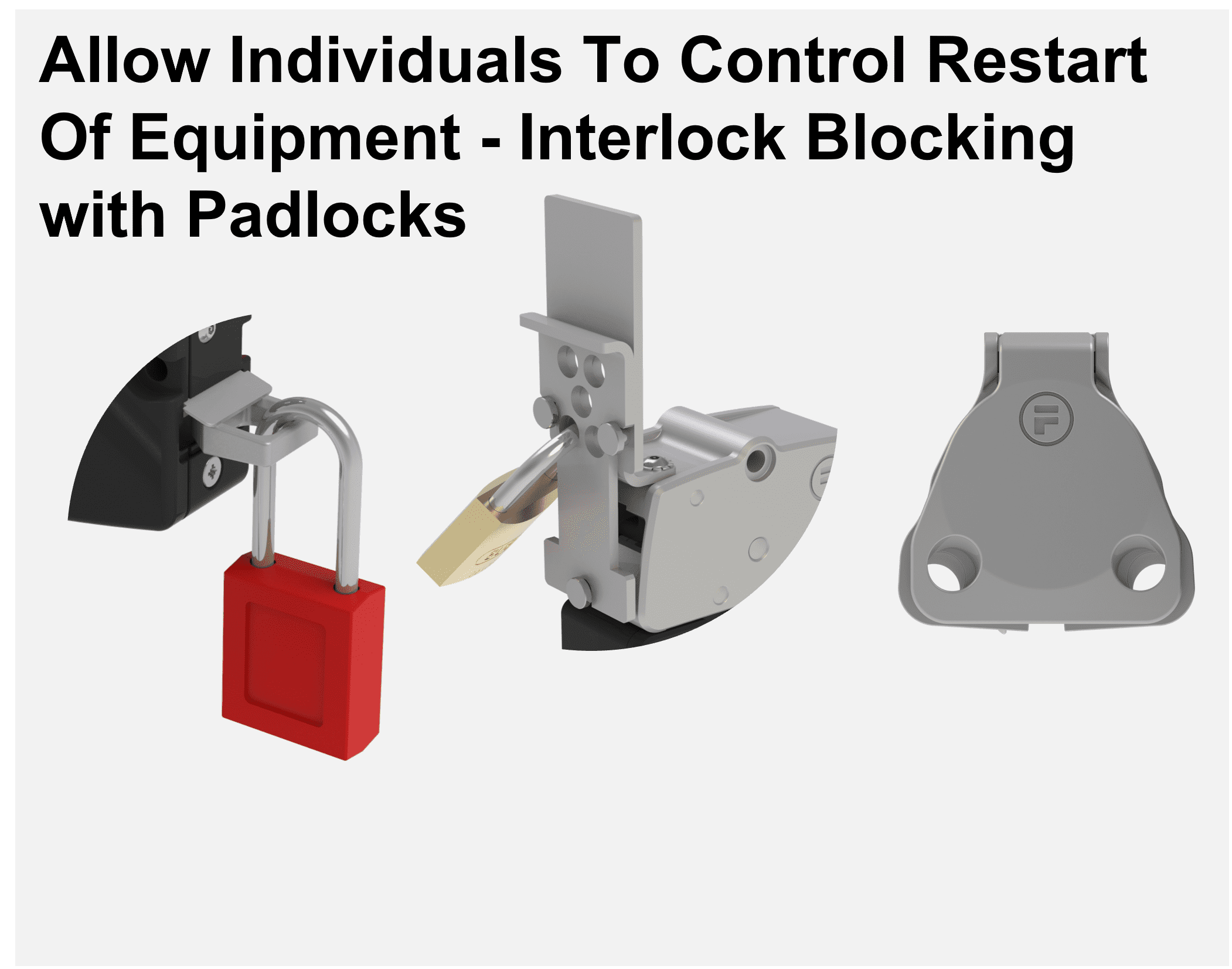

Allow Individuals To Control Restart Of Equipment – Interlock Blocking with Padlocks
How can a lock out or tag out feature be designed into a safeguarding device?
Case studies

What is Control of Hazardous Energy?
Learn about control of hazardous energy, a safety procedure that is used to prevent accidents and injuries caused by the unintended release of energy from machinery or equipment. Find out why control of hazardous energy is important and how it is implemented through the use of lock out tag out (LOTO) procedures. Get help with control of hazardous energy and machinery safety from Fortress Safety.
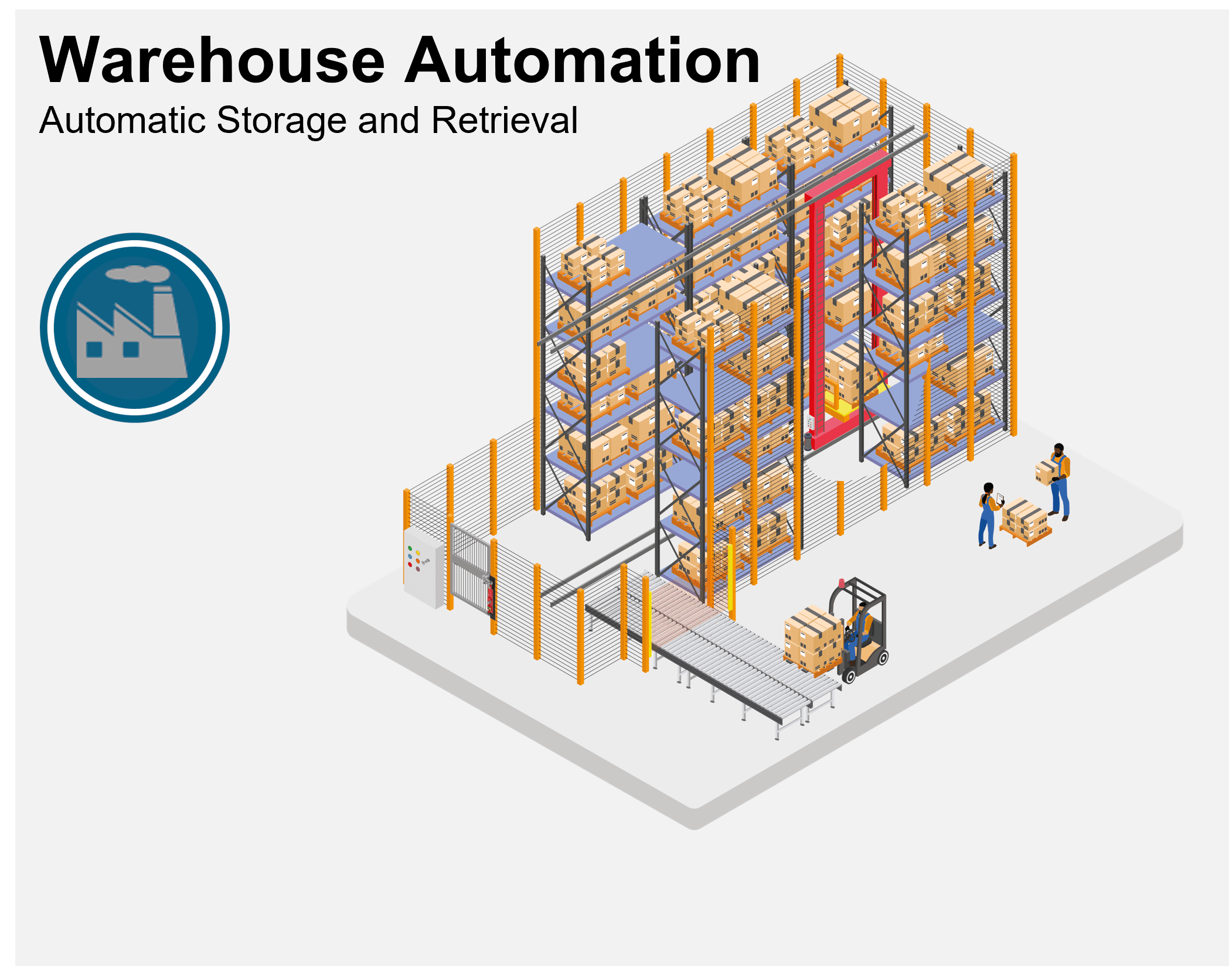

EN 528:2021 – Designing a Safeguarding Solution
Automated Storage and Retrieval Systems – How to Design your Safeguarding Solution to Meet EN 528
Case studies


When Completing A Risk Assessment – How Do I Prioritise Risk Reduction Measures?
Case studies
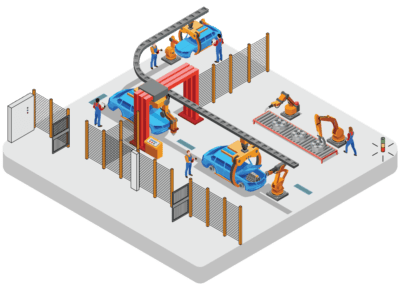

How To Reset Automated Equipment Inside a Safeguarded Space Where There Is No Visibility
Case studies

Safety Specifications: Safety Integrity Levels, Performance Levels or Control Reliability?
Case studies


Design to Minimize Motivation to Defeat Possibilities of Interlocking Devices
Case studies


Example of a Trapped Key Interlock System in the Control of Multiple Energy Sources
Case studies

What is Control of Hazardous Energy?
Learn about control of hazardous energy, a safety procedure that is used to prevent accidents and injuries caused by the unintended release of energy from machinery or equipment. Find out why control of hazardous energy is important and how it is implemented through the use of lock out tag out (LOTO) procedures. Get help with control of hazardous energy and machinery safety from Fortress Safety.
Video


Motivation to Defeat – Webinar
Use of modes of operation and special modes can be critical for machinery to function, but who can use them?
Video


Mode Selection and Access Control – Webinar
Use of modes of operation and special modes can be critical for machinery to function, but who can use them?
Video


Risk Reduction in Logistics Webinar
This webinar will explore and unpack the machinery safety standards that apply to a wide variety of logistics facilities.
Video


Access Control and Mode Selection Webinar
Watch our webinar to understand more about modes of operation and providing machinery access only to those who are authorized for the selected mode of operation.
Video


Clean Environments Webinar
Machinery safety in these places can be challenging when trying to meet multiple standards and approvals.
Case studies


What Is Control Reliability In ANSI B11.19-2019? How Do I Compare to ISO 13849-1 Performance Levels and Categories?
Case studies


If My Machine Has A Run Down Time – How Do I Allow Access After Lockout Tagout Only When It’s Safe To Do So?
Case studies


When Completing A Risk Assessment – How Do I Prioritise Risk Reduction Measures?
Case studies


Example of a Trapped Key Interlock System in the Control of Multiple Energy Sources
Case studies


Enhancing Lockout / Tagout Procedures – How Do I Perform Full Power Isolation?


Allow Individuals To Control Restart Of Equipment – Interlock Blocking with Padlocks
How can a lock out or tag out feature be designed into a safeguarding device?
Case studies

What is Control of Hazardous Energy?
Learn about control of hazardous energy, a safety procedure that is used to prevent accidents and injuries caused by the unintended release of energy from machinery or equipment. Find out why control of hazardous energy is important and how it is implemented through the use of lock out tag out (LOTO) procedures. Get help with control of hazardous energy and machinery safety from Fortress Safety.


EN 528:2021 – Designing a Safeguarding Solution
Automated Storage and Retrieval Systems – How to Design your Safeguarding Solution to Meet EN 528
Case studies


When Completing A Risk Assessment – How Do I Prioritise Risk Reduction Measures?
Case studies


How To Reset Automated Equipment Inside a Safeguarded Space Where There Is No Visibility
Case studies

Safety Specifications: Safety Integrity Levels, Performance Levels or Control Reliability?
Cookies
| Cookie | Duration | Description |
|---|---|---|
| __stripe_mid | 1 year | Stripe sets this cookie to process payments. |
| __stripe_sid | 30 minutes | Stripe sets this cookie to process payments. |
| _ga_* | 1 year 1 month 4 days | Google Analytics sets this cookie to store and count page views. |
| _gat_gtag_UA_* | 1 minute | Google Analytics sets this cookie to store a unique user ID. |
| _gat_UA-* | 1 minute | Google Analytics sets this cookie for user behaviour tracking. |
| _gid | 1 day | Installed by Google Analytics, _gid cookie stores information on how visitors use a website, while also creating an analytics report of the website's performance. Some of the data that are collected include the number of visitors, their source, and the pages they visit anonymously. |
| _hjSession_* | 30 minutes | Hotjar sets this cookie to ensure data from subsequent visits to the same site is attributed to the same user ID, which persists in the Hotjar User ID, which is unique to that site. |
| _hjSessionUser_* | 1 year | Hotjar sets this cookie to ensure data from subsequent visits to the same site is attributed to the same user ID, which persists in the Hotjar User ID, which is unique to that site. |
| ARRAffinity | session | ARRAffinity cookie is set by Azure app service, and allows the service to choose the right instance established by a user to deliver subsequent requests made by that user. |
| ARRAffinitySameSite | session | This cookie is set by Windows Azure cloud, and is used for load balancing to make sure the visitor page requests are routed to the same server in any browsing session. |
| cookielawinfo-checkbox-advertisement | 1 year | Set by the GDPR Cookie Consent plugin, this cookie is used to record the user consent for the cookies in the "Advertisement" category . |
| cookielawinfo-checkbox-analytics | 11 months | This cookie is set by GDPR Cookie Consent plugin. The cookie is used to store the user consent for the cookies in the category "Analytics". |
| cookielawinfo-checkbox-functional | 11 months | The cookie is set by GDPR cookie consent to record the user consent for the cookies in the category "Functional". |
| cookielawinfo-checkbox-necessary | 11 months | This cookie is set by GDPR Cookie Consent plugin. The cookies is used to store the user consent for the cookies in the category "Necessary". |
| cookielawinfo-checkbox-others | 11 months | This cookie is set by GDPR Cookie Consent plugin. The cookie is used to store the user consent for the cookies in the category "Other. |
| cookielawinfo-checkbox-performance | 11 months | This cookie is set by GDPR Cookie Consent plugin. The cookie is used to store the user consent for the cookies in the category "Performance". |
| CookieLawInfoConsent | 1 year | CookieYes sets this cookie to record the default button state of the corresponding category and the status of CCPA. It works only in coordination with the primary cookie. |
| dmSessionID | 20 minutes | Dotmailer sets this cookie to evaluate, track and monitor the effectiveness of email marketing efforts. |
| MS0 | 1 hour | This cookie is set by Microsoft to identify a particular session. |
| viewed_cookie_policy | 11 months | The cookie is set by the GDPR Cookie Consent plugin and is used to store whether or not user has consented to the use of cookies. It does not store any personal data. |
| Cookie | Duration | Description |
|---|---|---|
| __cf_bm | 30 minutes | This cookie, set by Cloudflare, is used to support Cloudflare Bot Management. |
| Cookie | Duration | Description |
|---|---|---|
| _ga | 1 year 1 month 4 days | The _ga cookie, installed by Google Analytics, calculates visitor, session and campaign data and also keeps track of site usage for the site's analytics report. The cookie stores information anonymously and assigns a randomly generated number to recognize unique visitors. |
| _gcl_au | 3 months | Provided by Google Tag Manager to experiment advertisement efficiency of websites using their services. |
| _hjAbsoluteSessionInProgress | 30 minutes | Hotjar sets this cookie to detect the first pageview session of a user. This is a True/False flag set by the cookie. |
| _hjFirstSeen | 30 minutes | Hotjar sets this cookie to identify a new user’s first session. It stores a true/false value, indicating whether it was the first time Hotjar saw this user. |
| _hjIncludedInPageviewSample | 2 minutes | Hotjar sets this cookie to know whether a user is included in the data sampling defined by the site's pageview limit. |
| _hjRecordingEnabled | never | Hotjar sets this cookie when a Recording starts and is read when the recording module is initialized, to see if the user is already in a recording in a particular session. |
| _hjRecordingLastActivity | never | Hotjar sets this cookie when a user recording starts and when data is sent through the WebSocket. |
| CONSENT | 2 years | YouTube sets this cookie via embedded youtube-videos and registers anonymous statistical data. |
| Cookie | Duration | Description |
|---|---|---|
| IDE | 1 year 24 days | Google DoubleClick IDE cookies are used to store information about how the user uses the website to present them with relevant ads and according to the user profile. |
| test_cookie | 15 minutes | The test_cookie is set by doubleclick.net and is used to determine if the user's browser supports cookies. |
| VISITOR_INFO1_LIVE | 5 months 27 days | A cookie set by YouTube to measure bandwidth that determines whether the user gets the new or old player interface. |
| YSC | session | YSC cookie is set by Youtube and is used to track the views of embedded videos on Youtube pages. |
| yt-remote-connected-devices | never | YouTube sets this cookie to store the video preferences of the user using embedded YouTube video. |
| yt-remote-device-id | never | YouTube sets this cookie to store the video preferences of the user using embedded YouTube video. |
| yt.innertube::nextId | never | This cookie, set by YouTube, registers a unique ID to store data on what videos from YouTube the user has seen. |
| yt.innertube::requests | never | This cookie, set by YouTube, registers a unique ID to store data on what videos from YouTube the user has seen. |
| Cookie | Duration | Description |
|---|---|---|
| __cflb | 23 hours | This cookie is used by Cloudflare for load balancing. |
| __wpdm_client | session | Description is currently not available. |
| _hjIncludedInSessionSample_2464643 | 2 minutes | No description |
| _hjSession_2464643 | 30 minutes | No description |
| _hjSessionUser_2464643 | 1 year | No description |
| environment | session | Description is currently not available. |
| LP-C8FFE9ABDE7E54796NPZ34391480C67E2877 | 1 month | No description |
| m | 1 year 1 month 4 days | No description available. |
| MC1 | 1 year | No description available. |
| model | session | Description is currently not available. |
| modelversion:AMGARDPRO | session | Description is currently not available. |
| modelversion:HGL | session | Description is currently not available. |
| modelversion:MGARD | session | Description is currently not available. |
| modelversion:NEWAMGARD | session | Description is currently not available. |
| modelversion:Product-File-Generator | session | Description is currently not available. |
| modelversion:Pronet | session | Description is currently not available. |
| modelversion:TGARD | session | Description is currently not available. |
| modelversion:TGARD_LITE | session | Description is currently not available. |
| recordID | 1 year | This cookie is set by the provider DotMailer, an Email marketing platform. This cookie is used for tracking the users to the website from the emails sent via DotMailer. |
| respondentid6NPZ-BLO | 1 month | No description |
| respondentid6NPZ-BLOcount | session | No description |
| respondentid6NPZ-BM4 | 1 month | No description |
| respondentid6NPZ-BM4count | session | No description |
| respondentid6NPZ-ENB | 1 month | No description |
| respondentid6NPZ-ENBcount | session | No description |
| responder-6NPZ-BLO | session | No description |
| responder-6NPZ-BM4 | session | No description |
| responder-6NPZ-ENB | session | No description |
| Survey-Started-42153db95e4dbb1666429eaf2f9839ac8a37 | 1 hour | No description |
| Survey-Started-452419b578c043da6ni2482596bffc10e529 | 1 hour | No description |
| Survey-Started-721e154232804a9d6617cdd843b82f3519ad | 1 hour | No description |
| ticketkey | 1 year | Description is currently not available. |
| weglot_wp_rocket_cache | session | No description |
| WFESessionId | session | No description available. |
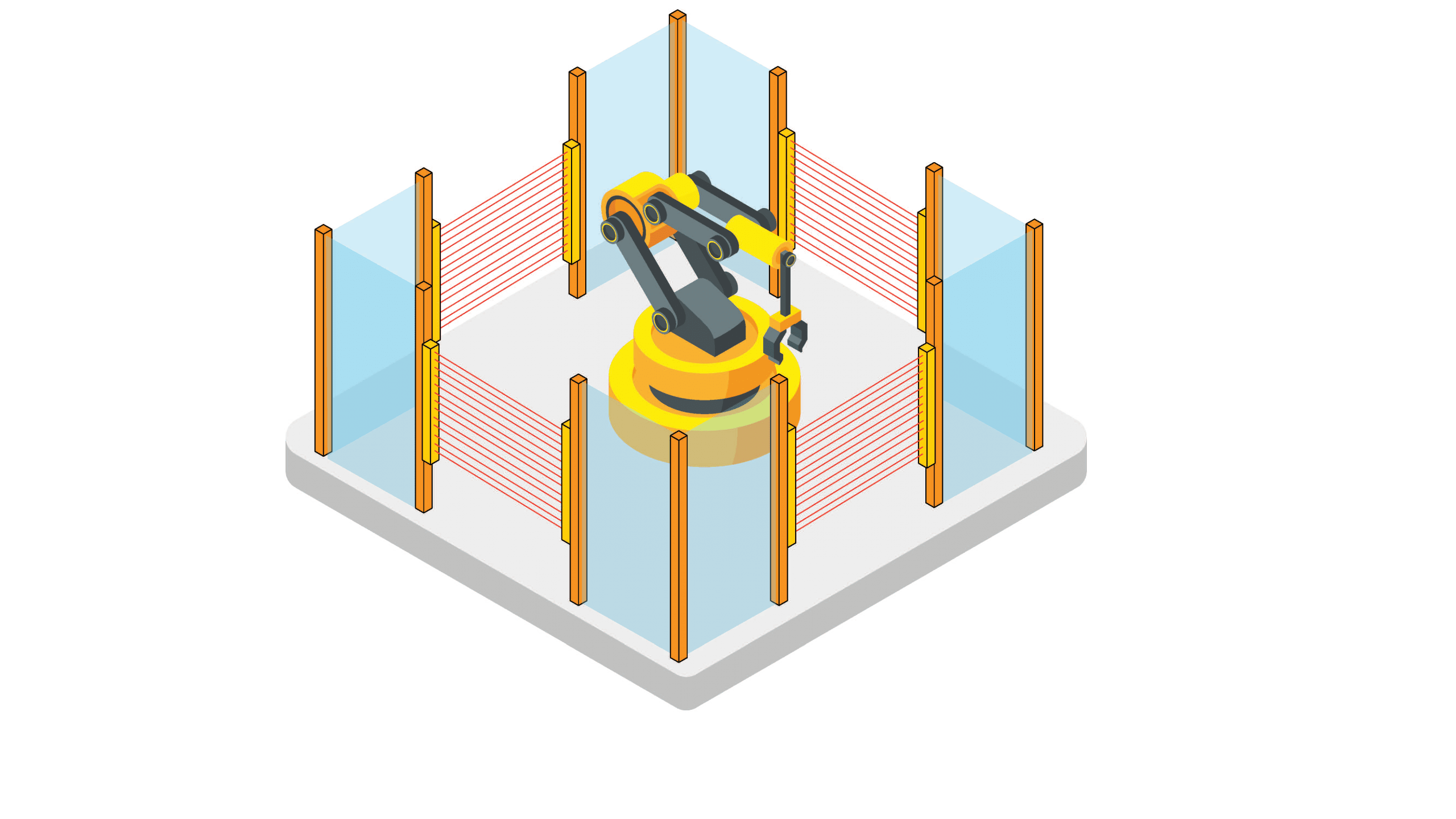
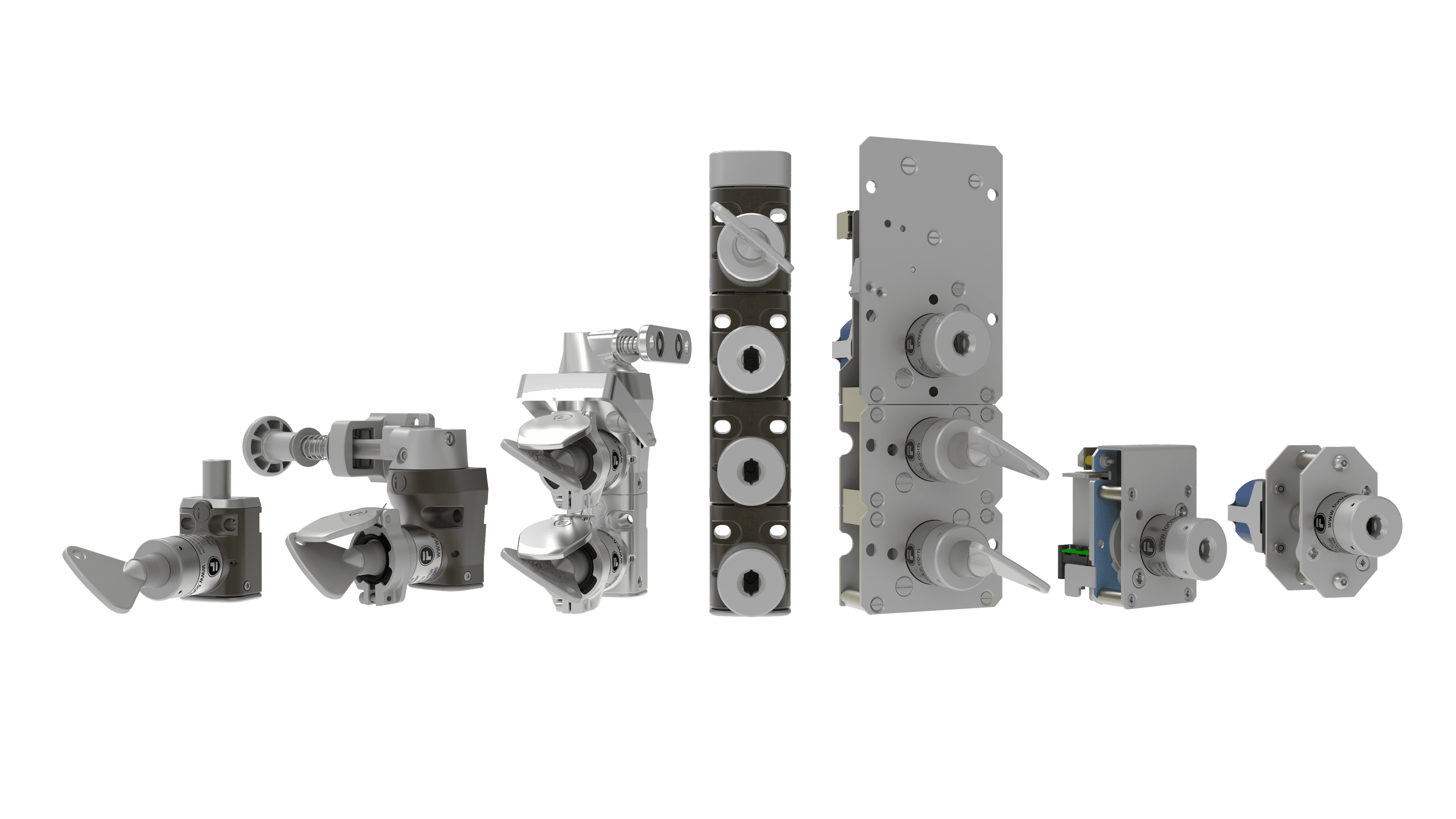
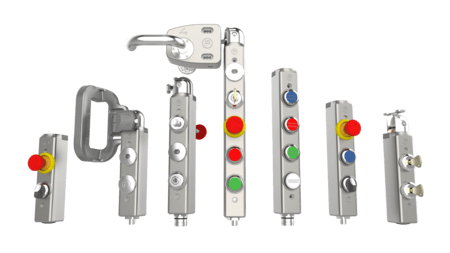
 Click Here to Download the Article
Click Here to Download the Article
